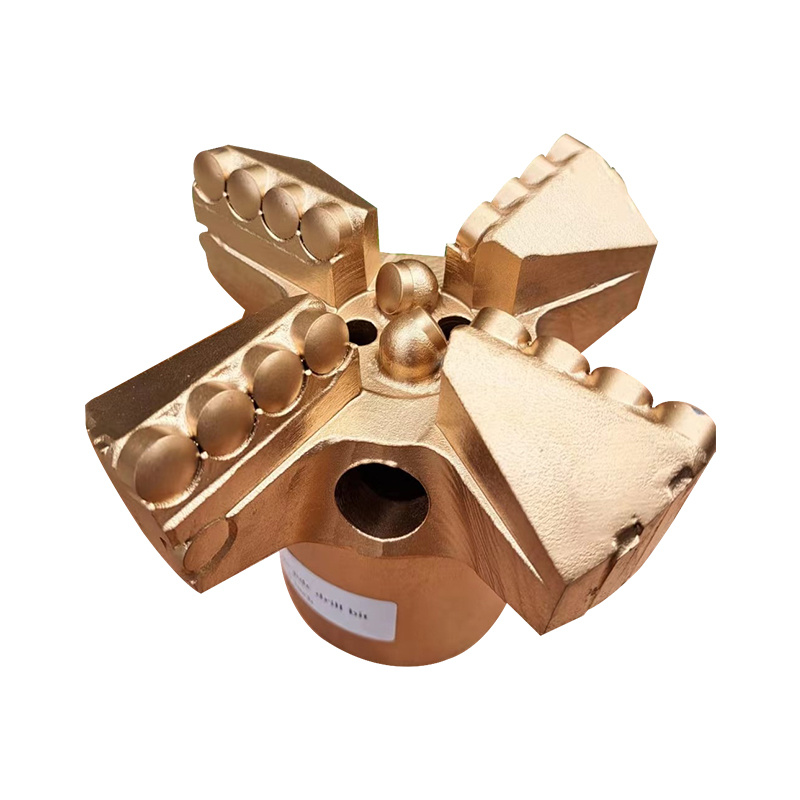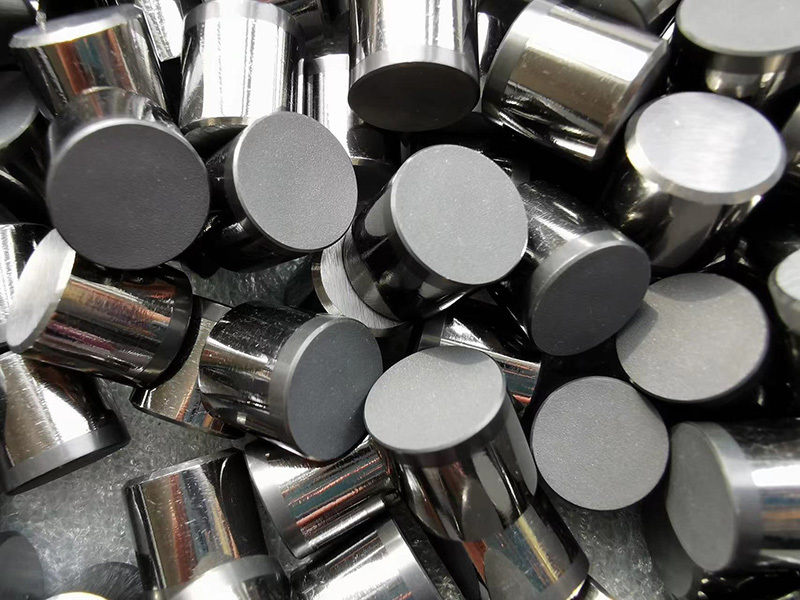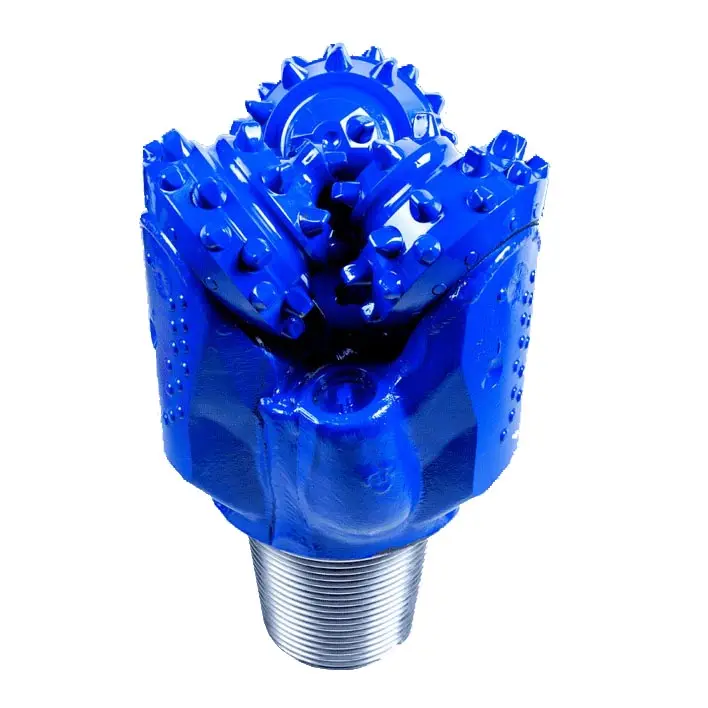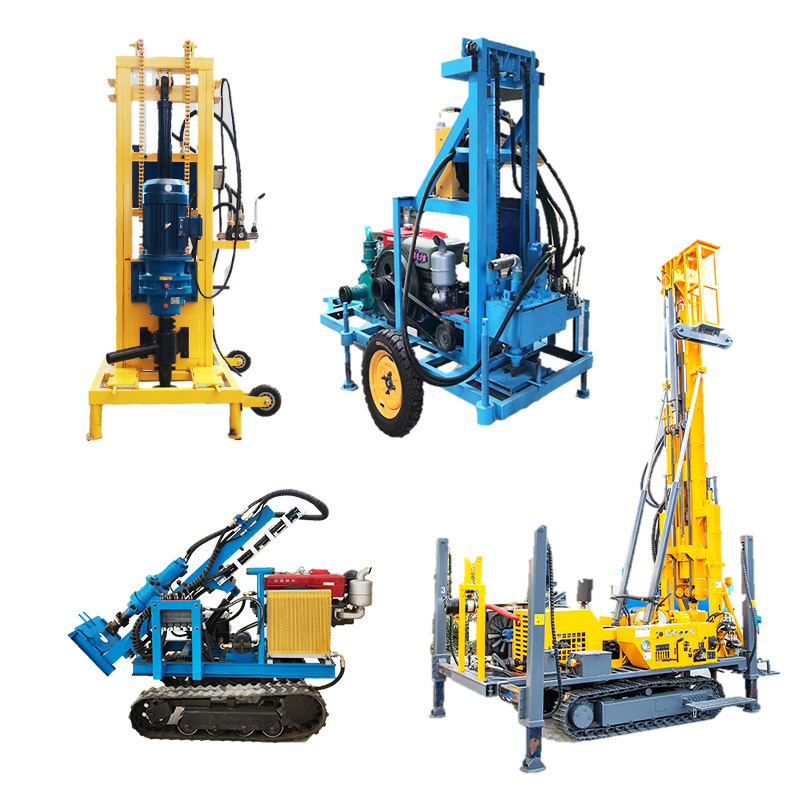Back Hammer: Principle and Application in Drilling Engineering
Oct 07,2025
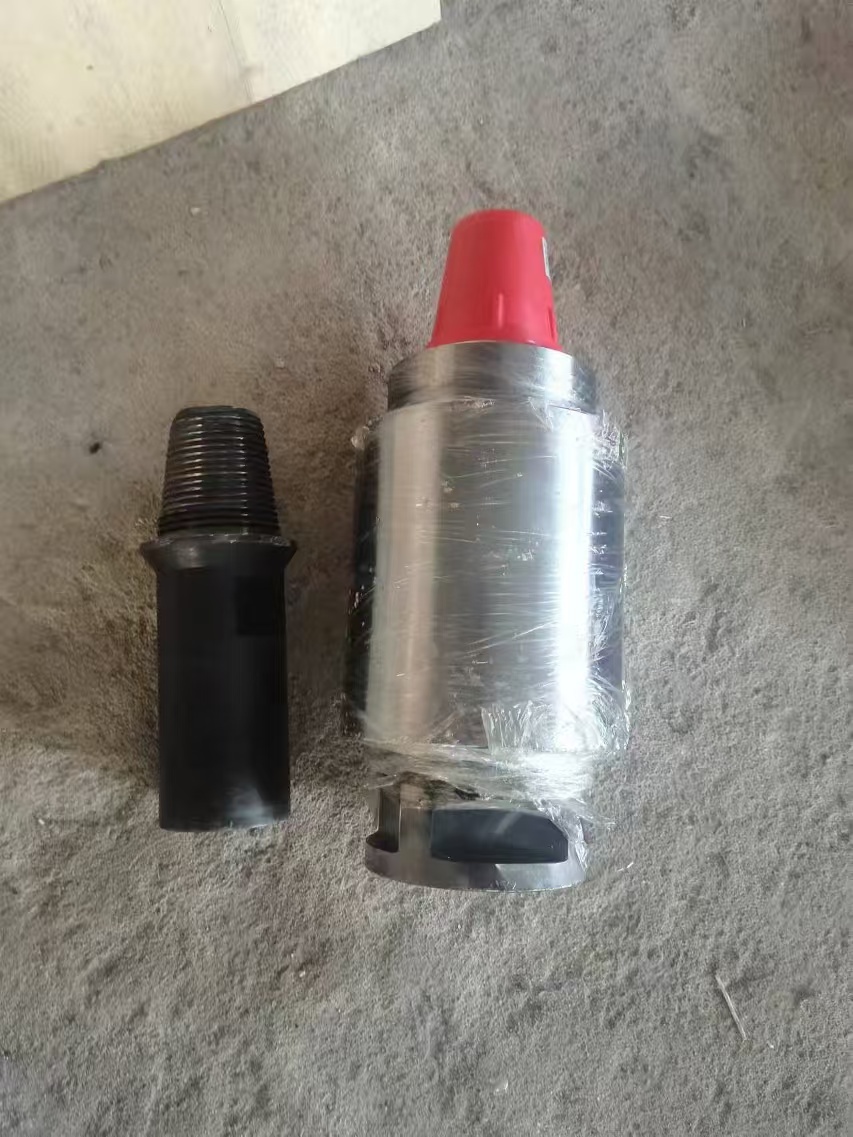
The Back Hammer is a type of downhole tool powered by compressed air, falling under the category of pneumatic hammers (or air hammers). It operates using high-pressure gas supplied by an air compressor, not high-pressure fluid from a mud pump. Its core technology lies in converting the energy of compressed air into high-frequency mechanical impact energy, which is utilized to address specific problems in drilling engineering, demonstrating particular advantages in operations like casing retrieval.
1. Working Principle and Power Source
The Back Hammer operates based on pneumatic hammer technology. Compressed air enters the hammer's interior through an air inlet pipe, driving a piston to perform high-speed reciprocating motion. The piston releases the accumulated energy instantaneously in the form of an impact force against an anvil, generating an outward force.Its working cycle can be summarized as follows:
- Intake and Energy Accumulation: High-pressure air enters a specific chamber, pushing the piston upward and compressing air or loading a energy-storing mechanism.
- Impact Energy Release: When the piston reaches a specific position, the air distribution system instantly switches the airflow path. The piston, driven by air pressure and energy release, accelerates downward to impact the anvil.
- Force Transmission: The generated impact force is transmitted directly to the casing requiring pulling via the anvil and a specialized sub.
- Cycle Repetition: After impact, the air distribution system switches again, resetting the piston for the next cycle. This process repeats at high frequencies, producing a continuous, powerful outward impact force.
This compressed air-based power method often allows Back Hammers to deliver greater single-impact energy compared to some hydraulic hammers, resulting in a more powerful pulling force.
2. Structural Features of the Back Hammer
The structure of the Back Hammer differs from conventional downhole hammers. Key components are specially designed for its "reverse impact" function:
- Reverse Connection Assembly: The hammer connects to a dedicated casing sub via an adapter sub. This reverse connection configures the direction of the impact force opposite to the downward force applied during conventional drilling.
- Anvil: This is a core component for the reverse function, installed inside the modified top sub. The hammer's piston strikes this anvil directly to transfer the impact energy. The anvil's thickness is a critical parameter affecting performance. Incorrect thickness can lead to insufficient piston stroke, severely hampering effective energy transfer.
- Air Inlet Passage: The adapter sub typically features a port for connecting the air supply hose, ensuring stable delivery of compressed air.
- Sealing Structure: The top of the casing string needs to be sealed to maintain the necessary operating pressure within the hammer.
3. Core Application: Casing Pulling
The primary application of the Back Hammer is solving difficult casing pulling challenges, especially in casing-advancement drilling techniques.In loose, fragmented, or complex formations prone to collapse, casing-advancement drilling is often used. However, upon completion of drilling, the casing can become stuck due to formation pressure, mud adhesion, or slight deformation, making extraction using the rig's pull force alone difficult. Traditional methods like large hydraulic jacks can be impractical, especially on elevated or steep work platforms.The operational process for pulling casing with a Back Hammer is as follows:
- System Connection: Securely connect the Back Hammer to the top of the stuck casing string via the adapter sub.
- Alignment: Ensure the hammer's axis is aligned with the casing string's axis. The hammer is often suspended using ropes along the casing axis for stability.
- Test Run and Operation: Start with a low air flow for a test impact, checking all connections are tight. After confirmation, gradually increase the air volume to the normal operating level. The hammer will begin high-frequency operation, transmitting impacts to pull the casing outward.
4. Key Operational Considerations
To ensure safety and efficiency, critical precautions must be observed:
- Check Connections: Due to the high-frequency operation, connections can vibrate loose. Regularly inspect and tighten all components.
- Personnel Positioning: Operators must stand to the side of the hammer and casing string, never directly in line, to avoid injury from potential loose parts.
- Avoid Rotation: During impact operation, avoid rotating the hammer and connections, especially since casing strings often use reverse-thread connections susceptible to loosening if rotated.
- Specification Selection: To ensure sufficient impact energy, select a Back Hammer that is appropriately sized, often one size larger than standard recommendations for the casing.
Conclusion
The Back Hammer effectively applies the powerful energy of pneumatic hammer technology to solve challenging drilling problems like stuck casing through ingenious structural design. It exemplifies the trend towards specialized and efficient drilling tools.For more information on specialized drilling tools and engineering solutions, please visit the SUNGOOD TECH website.
Contact Us







